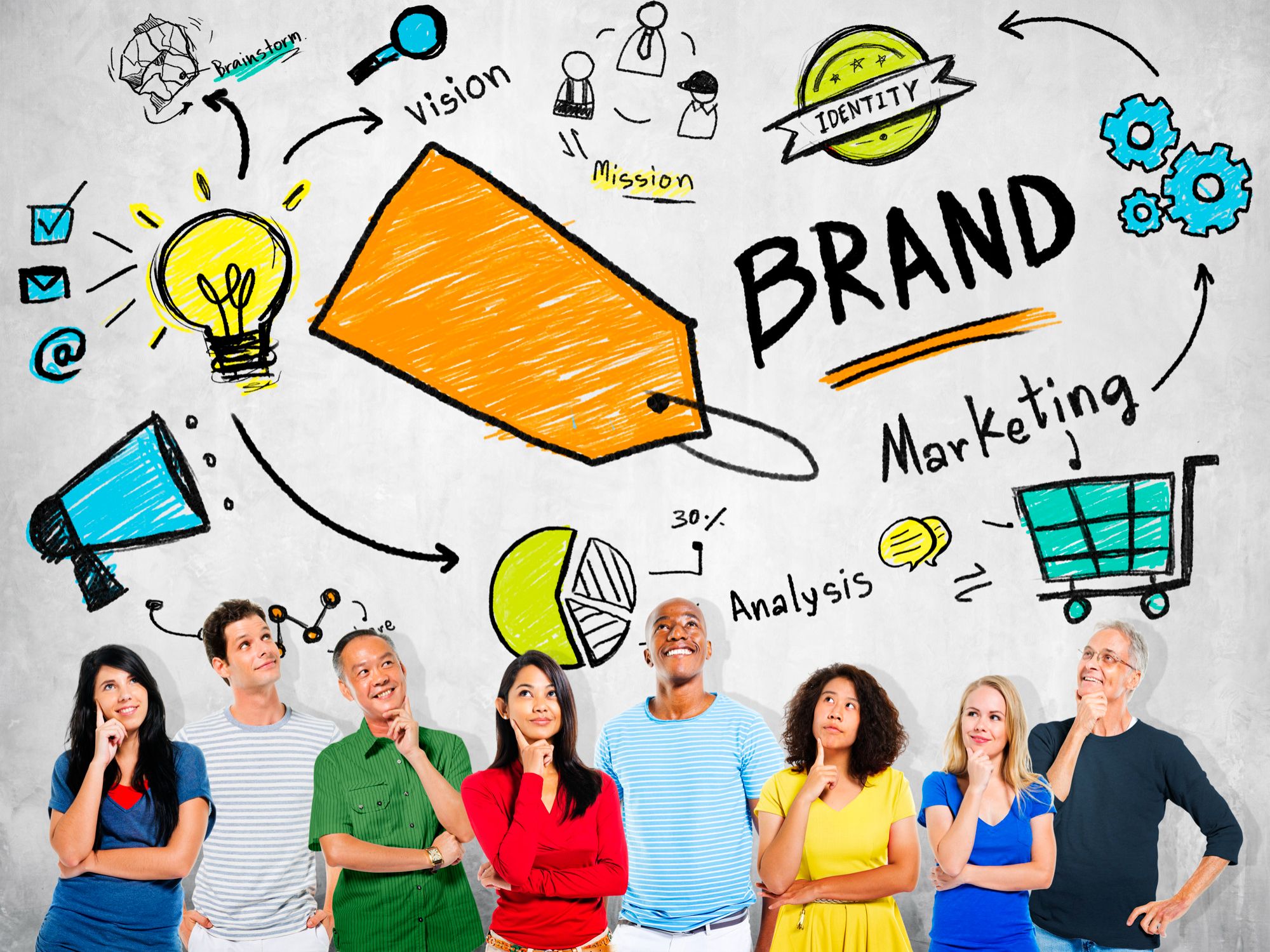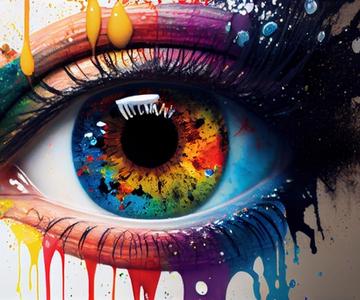Beyond the Logo: Building a Cohesive Brand Identity Across All Platforms

In today's interconnected world, your brand isn't just your logo or tagline. It's the holistic experience your audience has across every touchpoint – from your website and social media to your customer service interactions, employee engagement, and even the merchandise you offer. A cohesive brand identity is essential for building trust, recognition, and loyalty, especially when navigating the complexities of diverse markets and a global workforce.
Why Consistency Matters
A consistent brand identity reinforces your message, making it more memorable and impactful. It creates a sense of professionalism and reliability, which is crucial for attracting and retaining customers. When your brand is consistent across all platforms, it becomes instantly recognizable, fostering a deeper connection with your audience.
Challenges in a Global Landscape
Maintaining brand consistency becomes even more challenging when you're operating in different geographies, languages, and cultures. Nuances in communication styles, visual preferences, and cultural sensitivities can easily lead to inconsistencies if not carefully managed. Additionally, ensuring that your brand resonates with diverse audiences while maintaining a unified identity requires a strategic approach.
The Employee Lifecycle: A Brand Experience from Start to Finish
For your employees, the brand experience should be seamless from the moment they first encounter your company as potential recruits to the day they retire or move on. A consistent brand experience throughout the employee lifecycle fosters a sense of belonging, pride, and loyalty. This can be achieved through:
Recruitment: A strong employer brand that accurately reflects your company culture and values attracts top talent who are more likely to align with your brand identity.
Onboarding: A well-structured onboarding process that immerses new hires in your brand story and values sets the stage for consistent brand representation.
Internal Communications: Regular, engaging internal communications that reinforce your brand messaging and values keep employees connected and informed.
Professional Development: Opportunities for growth and development that align with your brand values empower employees to become brand ambassadors.
Recognition and Rewards: Recognizing and rewarding employees who exemplify your brand values reinforces desired behaviors and strengthens brand loyalty.
Empowering Your Employees as Brand Ambassadors
Your employees are your most valuable brand ambassadors. They interact with customers, partners, and potential clients daily, shaping perceptions of your company. Equipping them with the tools and knowledge to represent your brand consistently is paramount. This includes providing them with:
Branded Assets: LinkedIn header graphics, Zoom/Teams backgrounds, email signatures, and other materials that align with your visual identity.
Regular Communications: Professional internal communications that inform and engage employees, reinforcing your brand values and messaging.
Team-Building Activities: Events and initiatives that foster a sense of community and shared purpose, strengthening employees' connection to your brand.
Integrating Diversity and Inclusion (D&I)
Aligning your brand identity with your D&I initiatives is a powerful way to showcase your commitment to inclusivity. By incorporating diverse perspectives into your branding efforts and celebrating cultural events, you create a more authentic and relatable brand image. This not only resonates with a wider audience but also fosters a sense of belonging among your employees.
Aligning Around a Shared Vision and Mission
A strong brand identity is built upon a foundation of shared values. Your company's vision and mission statements should articulate your purpose and aspirations, guiding every aspect of your brand experience. When your employees understand and embrace these values, they become more than just employees – they become brand advocates.
Every brand experience, whether it's a website visit, an email interaction, or a trade show booth, should reflect these shared values. This consistency creates a powerful brand image that resonates with both customers and employees.
The Role of Brand Guidelines
Comprehensive brand guidelines are the cornerstone of maintaining consistency. These guidelines should outline everything from your logo usage and color palette to your tone of voice and messaging pillars. They serve as a reference point for all internal and external communications, ensuring that everyone is on the same page.
Yo Marketing's Expertise
At Yo Marketing, we understand the complexities of building and maintaining a cohesive brand identity in today's dynamic landscape. Our team of experienced strategists and creatives can help you develop a comprehensive brand strategy that resonates with your target audience across all platforms. We'll work with you to create compelling brand assets, implement effective internal communications, and ensure that your brand is consistently represented across all channels.
Ready to elevate your brand and create a lasting impression? Schedule a strategy session with Yo Marketing today!















